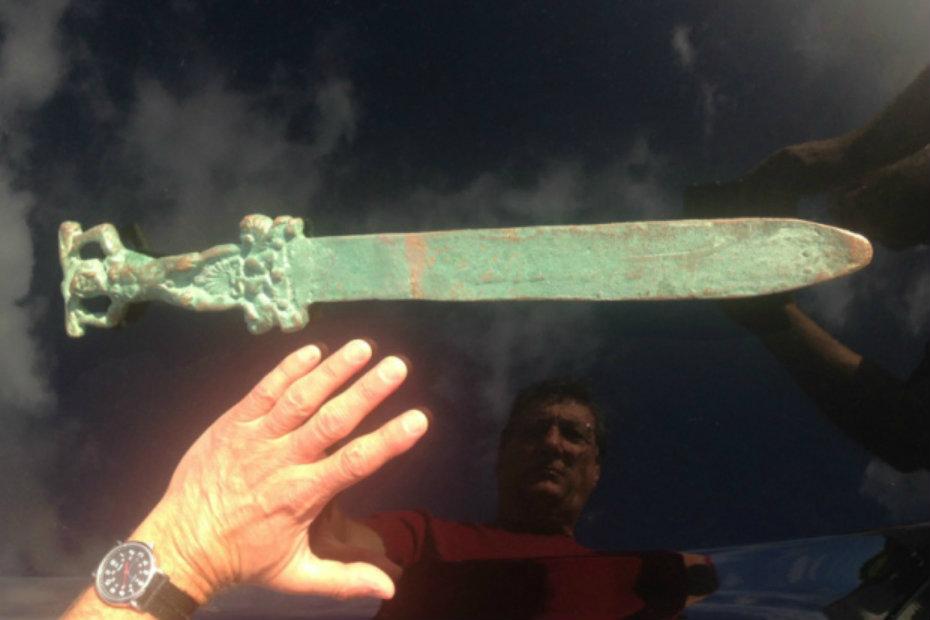Researchers investigating the mysterious Oak Island, located on the south shore of Nova Scotia, Canada, have made a startling announcement regarding the discovery of a Roman ceremonial sword and what is believed to be a Roman shipwreck, radically suggesting that ancient mariners visited North America more than 1,000 years before Christopher Columbus.
Evidence of the finding, which was exclusively revealed to Johnston Press and published in The Boston Standard, was uncovered by researchers involved in The History Channel’s series “Curse of Oak Island,” which details the efforts of two brothers from Michigan as they attempt to solve the mystery of the Oak Island treasure and discover historical artifacts believed to be concealed on the island.
J. Hutton Pulitzer, lead researcher and history investigator, along with academics from the Ancient Artifact Preservation Society, have compiled a paper on the finding, which is scheduled to be published in full in early 2016.
The Mystery of Oak Island
Oak island is home to one of the biggest treasure hunts in history, which began in 1795, when 18-year-old Daniel McGinnis saw lights coming from the island. Out of curiosity, he went searching for the lights and discovered a clearing on the southeastern end of the island.
Within the clearing was a circular depression, and nearby a tackle block hung from a tree. McGinnis and several friends returned to the area and began excavating the depression. A few feet beneath the surface, they discovered a layer of flagstone, and the pit walls had markings from a pick.
Approximately every ten feet (3 meters) they dug, they found a layer of logs. After excavating to 30 feet beneath the surface, McGinnis and his friends abandoned the excavation without ever finding anything of significance.




